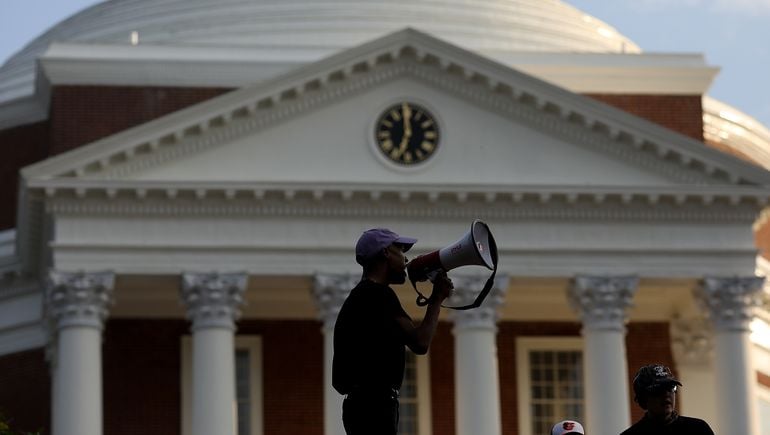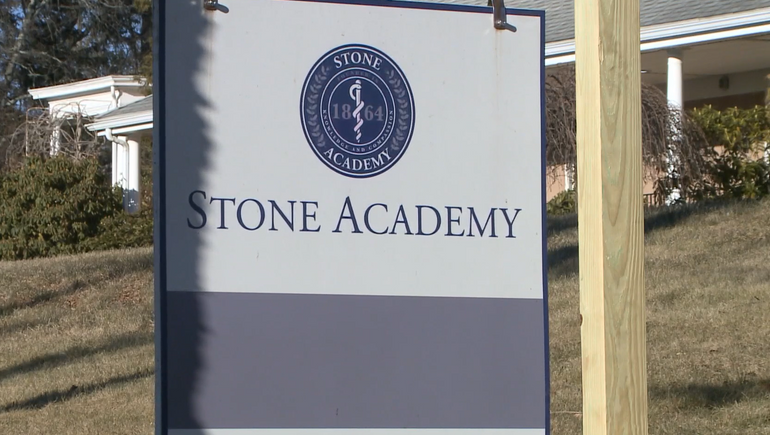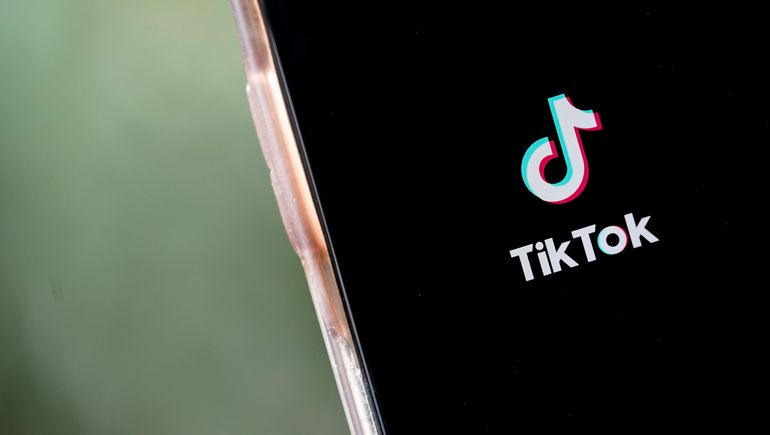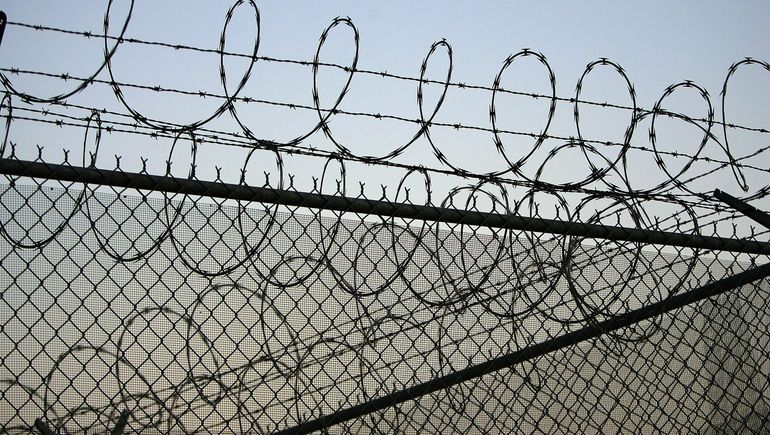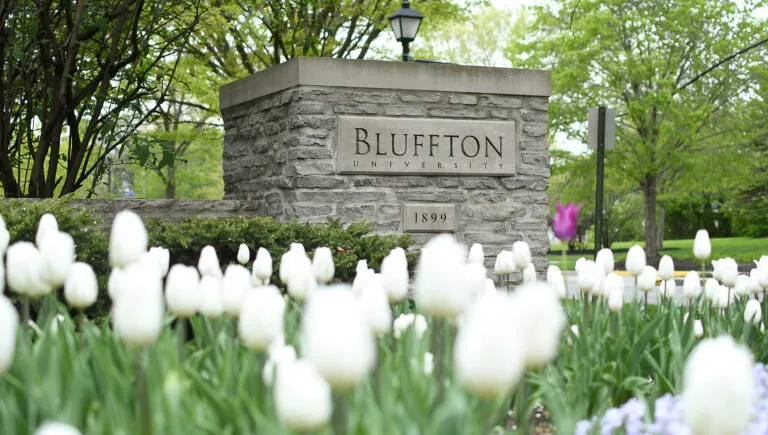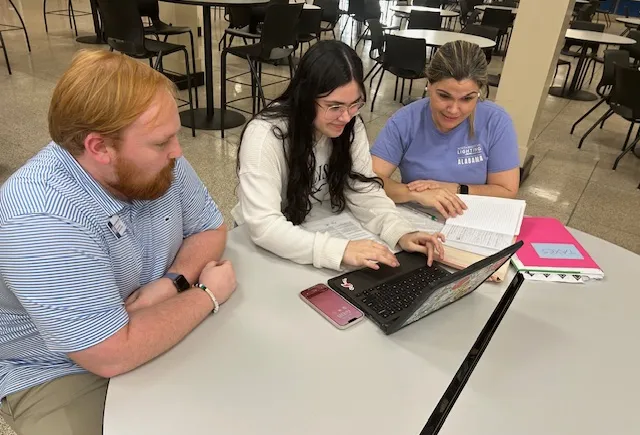[ad_1]
University of Denver officials launched an investigation last month into reports of antisemitic vandalism, in one of the latest examples of what is considered a growing number of cases involving antisemitism on college campuses.
According to news reports, pork products, which are prohibited for those who follow kosher dietary laws, were allegedly glued to a student’s dorm room door, and mezuzahs — a symbol of Judaism — were taken down from doorways and defiled on three occasions.
The university, in a Feb. 14 letter to students, denounced the acts and committed to “promoting a warm, welcoming campus in which all community members can thrive.” And in an emailed statement to Higher Ed Dive last week, Jon Stone, media relations manager, said the university “worked closely” with Jewish student life groups and the Division of Diversity, Equity and Inclusion to provide programming around antisemitism to the campus community, among other actions.
The University of Denver is not alone. In recent years, higher education administrators across the U.S. have had to respond to a wave of antisemitic incidents.
Although the Anti-Defamation League does not consider Jewish students at a higher risk of violence than in the past, data shows they are more likely to encounter an antisemitic incident on campus today than five years ago, said Elissa Buxbaum, ADL’s director of campus affairs.
How to combat
To counter this, Buxbaum said, college leaders can integrate messaging around antisemitism and Jewish identity into education initiatives, diversity, equity and inclusion plans, websites, and alumni and department newsletters. Administrators can also train employees on how to respond to bias incidents and ensure the institution is fully inclusive.
“Antisemitism can dramatically affect a student’s college experience,” said Buxbaum. “It only takes one act of antisemitism against a college community to make all Jewish students at that campus feel unsafe or unwelcome.”
In addition, these acts can make students feel “unsupported by their campus community,” according to Sandy Grawert, a spokesperson for Jewish campus organization Hillel International.
But, as college leaders try to protect their Jewish students, one campus antisemitism expert said they also need to weigh whether their actions will affect the free speech rights of other students.
Some Jewish students whose religious identity is closely tied to Israel may feel excluded by groups like Students for Justice of Palestine or Jewish Voice for Peace, said Kenneth Stern, director of Center for the Study of Hate at Bard College, in New York. Those groups often protest actions by Israel against Palestinians or launch boycott and divestment campaigns against Israel, and sometimes may exclude students who identify as Zionists from “progressive spaces.”
In 2021, two student groups at the University of Vermont, for instance, allegedly excluded students who expressed support for Zionism from membership. And recently, the University of California, Berkeley student group Law Students for Justice in Palestine created a bylaw that banned people who supported Zionism from speaking at their events.
Such actions could make some students feel as if they were being discriminated against because of their Judaism, said Stern, who wrote the book, “The Conflict over the Conflict: The Israel/Palestine Campus Debate.”
“It hurts, but you’re not going to stop people from having political disagreements about hot button issues.”
Incidents on the rise
In 2021, the Anti-Defamation League tallied 155 antisemitic incidents at over 100 U.S. college campuses. That represented a 21% increase from the 128 incidents recorded in 2020, Buxbaum said.
Of the incidents in 2021, 87 involved harassment, 64 included vandalism, and four were assaults. References to Israel or Zionism were made in 15% of the instances. The audit counted cases involving anti-Jewish animus, such as slurs or conspiracy theories demonizing Jews as a group for real or perceived support of Israel, she said.
For instance, Buxbaum said, mezuzahs affixed to doors in residence halls were desecrated, and anti-Jewish epithets like “kike” or messages such as “Heil Hitler” were found scrawled in academic buildings and dorms.
Over 30% of the campus incidents included Nazi swastikas, at times with threatening messages targeting Jewish students, according to an ADL report.
Earlier this month, Stanford University opened an investigation after multiple swastikas and an image of Adolf Hitler were found on a whiteboard on a Jewish student’s door room door. University officials said the antisemitic incident was one of several on campus this academic year.
This was a “particularly brazen threat to an individual student, in what should be the privacy of their campus home, which calls for our unusual condemnation,” university officials wrote in a March 11 letter to students.
Swastikas were also found twice in one October week at Ithaca College, in New York, with one etched into metal inside an elevator at the institution’s music center and another on the door of a dining hall supply closet, The Ithacan reported.
Ithaca President La Jerne Terry Cornish at the time pledged to improve diversity, equity, inclusion and belonging efforts with a campuswide program under development, the student newspaper reported.
Reports of swastikas and anti-Jewish graffiti also came from numerous other campuses in 2022, including Queens University of Charlotte, in North Carolina; the University of California, Davis; Sacramento State University, in California; Miami University of Ohio, Kent State University, in Ohio; and Ohio State University.
Some college students have also reported noticing antisemitism in popular culture for the first time in their lives, said Buxbaum.
Last year, National Basketball Association star Kyrie Irving was criticized after posting a link on Twitter supporting an antisemitic film. And Adidas ended its partnership with Ye, formally known as Kanye West, after the rapper spread anti-Jewish conspiracies and praised Hitler and the Nazi party.
Ensuing messages supporting Ye’s antisemitism were flagrantly displayed, including outside a Jacksonville, Florida, football stadium, above a Southern California overpass and at college campuses such as Florida Atlantic University and the University of Wisconsin-La Crosse.
One ADL study reported that nearly 20% of Americans — almost double the percentage in 2019 — believe in antisemitic tropes. Buxbaum attributed the rise, in part, “due to a mainstreaming and normalizing of antisemitic tropes in society.”
Remediation in action
The University of Connecticut created a one-credit course about confronting antisemitism. And Stanford University President Marc Tessier-Lavigne apologized in October after a task force found the institution limited admission to Jewish students in the 1950s.
The Stanford task force also issued recommendations to improve Jewish life on campus through anti-bias training, creation of an advisory committee, religious accommodations in dining and housing, and full integration of Jewish holidays into the academic calendar.
Hillel, meanwhile, works to educate students and officials across campuses about antisemitism, both past and present, as well as about “Jewish people’s relationship with Israel,” said Grawert, of Hillel International. The organization also collaborates with university administrators on campus policies aimed at countering antisemitism, as well as “harassment” or “marginalization” against Jewish students through its Campus Climate Initiative.
According to Stern, of Bard College, some colleges have hosted workshops and talks to help college leaders think through issues surrounding antisemitism. That could help administrators determine when students’ academic freedom may be compromised due to being excluded or targeted because of their Judaism, what new courses should be offered or how to integrate the issue into DEI efforts.
Administrators engaging with Jewish students and faculty and bringing others into the conversation is a better solution “than thinking about what type of speech am I not going to allow,” said Stern.
[ad_2]
Source link

